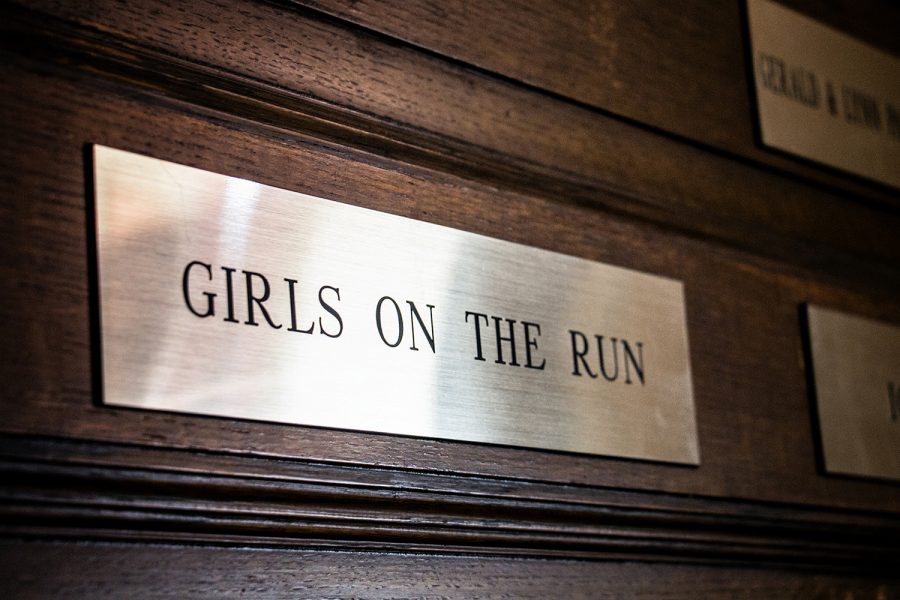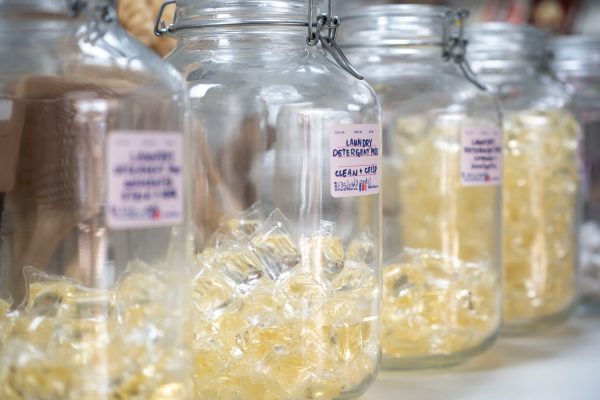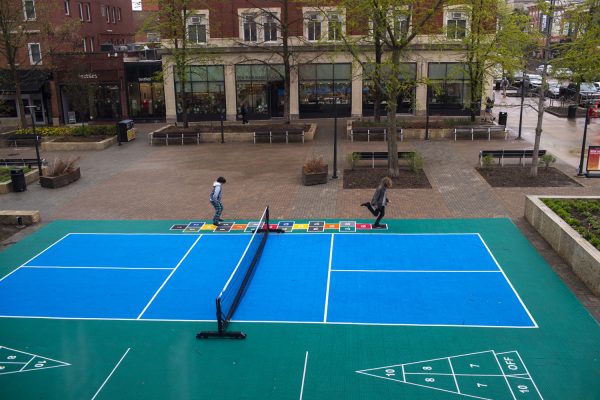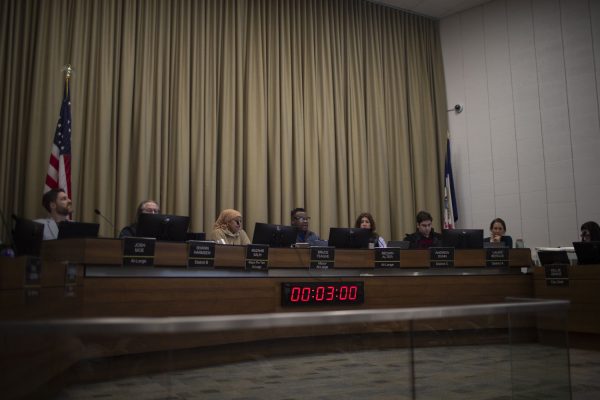Nonprofit seeks to make athletics more comfortable for girls who wear hijabs
Girls on the Run offers free hijabs to young athletes to help them remain active and feel comfortable.
August 27, 2018
Ibtihaj Muhammad made history when she became the first American woman to wear a hijab in the 2016 Olympics in Rio de Janeiro. For many student-athletes, however, the hijab can be a contributing factor to dropping out of sports.
An eastern Iowa nonprofit called Girls on the Run offers free sports hijabs to young athletes to encourage participation in sports and athletics.
Girls on the Run operates youth-development programs that use running as a medium to teach life skills that they can use in their future, said Kelly Teeselink, the executive director of the organization.
Over a 10-week program, participants train for a 5K run, she said.
Sports hijabs are made from light-weight, moisture-wicking fabric, said Charity Nebbe, a former coach for Girls on the Run. These hijabs are pulled over the neck and not wound over like traditional hijabs. They therefore don’t come loose and don’t fall off easily during sports.
Teeselink said the idea of distributing free sports hijabs came about when one of the volunteers realized the struggle girls had to go through when wearing a traditional hijab while playing sports.
“Moving around, [girls] had to stop, and resituate [the hijab]. It wasn’t conducive to play sports,” she said. “Now, [however], there are athletic hijabs.”
The reality is girls are twice as likely to drop out of sports as boys for a range of reasons, Teeselink said. A lot of those have to do with feeling confident and having the right gear.
“But if we can give girls the tools to play sports comfortably and feel confident out there being active, that’s half the battle won right there, and that’s why I think it is so important,” she said. “We had a couple of women that saw a barrier for girls in our community, and they decided to do something about it.”
Nebbe said parents seemed to support Girls on the Run, and she hopes they receive sports hijabs well.
“I hope it’s a sign of welcome and it [encourages girls] to get out there and be a part of the team,” she said.
University of Iowa sophomore Ebteehal Ismail and junior Seema Kotob, part of the UI Muslim Student Association, said they are used to wearing the traditional hijab.
“It is required that Muslim [males and females] display modesty … and the hijab is a step toward it,” Ismail said. “It is leading way for us to show our manners and represents Islam.”
Ismail and Kotob took part in tennis and track in high school. Ismail said her hijab would slip back, and she had to constantly fix it while running.
“I would have used a sports hijab if it had been released when I was in high school,” she said.
Kotob said an initiative such as this would be well-received by girls.
“Especially for young girls, who have to figure it out on their own, but if they have an easy access to a sports hijab, it would make it convenient for [them],” she said.
This is a great initiative that will give girls an opportunity, Kotob said.
“It’s wonderful that girls will have this option for sports, because I didn’t have that in high school, and I had to figure it out on my own,” Ismail said. “I hope no girl will ever want to not do sports because they are hijabi.”















